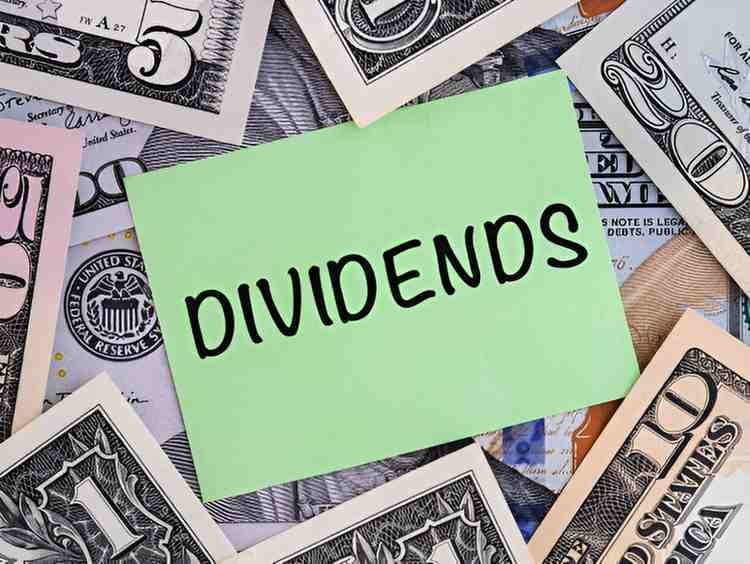As a finance expert, I often encounter investors who confuse the tax treatment of bond mutual fund dividends with qualified dividends. The distinction matters because qualified dividends receive favorable tax rates, while bond fund dividends typically do not. In this article, I will break down the tax implications, compare different types of dividends, and provide clear examples to help you optimize your investment strategy.
Table of Contents
Understanding Dividends: Qualified vs. Non-Qualified
Before diving into bond mutual funds, we must distinguish between qualified and non-qualified (ordinary) dividends.
- Qualified Dividends: These are dividends paid by U.S. corporations or qualified foreign corporations that meet specific IRS holding period requirements. They are taxed at long-term capital gains rates (0%, 15%, or 20%, depending on income).
- Non-Qualified Dividends: These include most dividends from bonds, REITs, and money market funds. They are taxed as ordinary income (10% to 37%).
The IRS (Publication 550) states that dividends from bond mutual funds are almost always non-qualified.
How Bond Mutual Fund Dividends Work
Bond mutual funds generate income primarily through:
- Interest payments from underlying bonds.
- Capital gains distributions when bonds are sold at a profit.
Since bond fund dividends consist mostly of interest income, the IRS treats them as ordinary income, not qualified dividends.
Example Calculation
Suppose you invest $50,000 in a bond mutual fund yielding 4% annually. Your annual dividend income would be:
Dividend\ Income = Principal \times Yield = \$50,000 \times 0.04 = \$2,000If you fall in the 24% tax bracket, your tax liability would be:
Tax = \$2,000 \times 0.24 = \$480Had this been qualified dividends, the tax could have been as low as \$2,000 \times 0.15 = \$300.
Comparison: Tax Treatment of Different Dividend Types
| Dividend Type | Source | Tax Rate |
|---|---|---|
| Qualified Dividends | Stocks, certain ETFs | 0%, 15%, or 20% |
| Non-Qualified Dividends | Bond funds, REITs | Ordinary income rates |
| Municipal Bond Dividends | Tax-exempt bond funds | Usually 0% (federal) |
Why Bond Fund Dividends Are Not Qualified
- Interest vs. Dividends: Bond funds pay interest income, not corporate dividends.
- Holding Period: Even if a bond fund holds dividend-paying stocks, the IRS does not classify them as qualified.
- Fund Structure: Mutual funds must pass through income in its original form—bond interest remains ordinary income.
Exceptions and Special Cases
1. Municipal Bond Funds
- Dividends are federally tax-exempt but may be subject to state taxes.
- If the fund holds private activity bonds, the dividends could trigger the Alternative Minimum Tax (AMT).
2. Funds Holding Dividend-Paying Stocks
- Some bond funds mix in preferred stocks, which may generate qualified dividends.
- However, the majority of income still comes from bonds, keeping the overall tax treatment unfavorable.
3. Tax-Managed Bond Funds
- These funds aim to minimize taxable distributions.
- They may use strategies like tax-loss harvesting, but dividends remain non-qualified.
Strategies to Reduce Tax Liability on Bond Fund Dividends
Since bond fund dividends are taxed heavily, consider:
- Holding Bond Funds in Tax-Advantaged Accounts (e.g., IRA, 401(k)).
- Investing in Municipal Bond Funds if you are in a high tax bracket.
- Using Treasury Bond Funds, which are exempt from state taxes.
Example: Tax Efficiency in Different Accounts
| Account Type | Tax on Bond Dividends |
|---|---|
| Taxable Brokerage | Ordinary income rates |
| Traditional IRA | Tax-deferred until withdrawal |
| Roth IRA | Tax-free growth |
Final Thoughts
Bond mutual fund dividends are not taxed as qualified dividends. They are treated as ordinary income, which means higher taxes for most investors. Understanding this distinction helps in making tax-efficient investment decisions. If minimizing taxes is a priority, consider municipal bonds or holding bond funds in retirement accounts.





